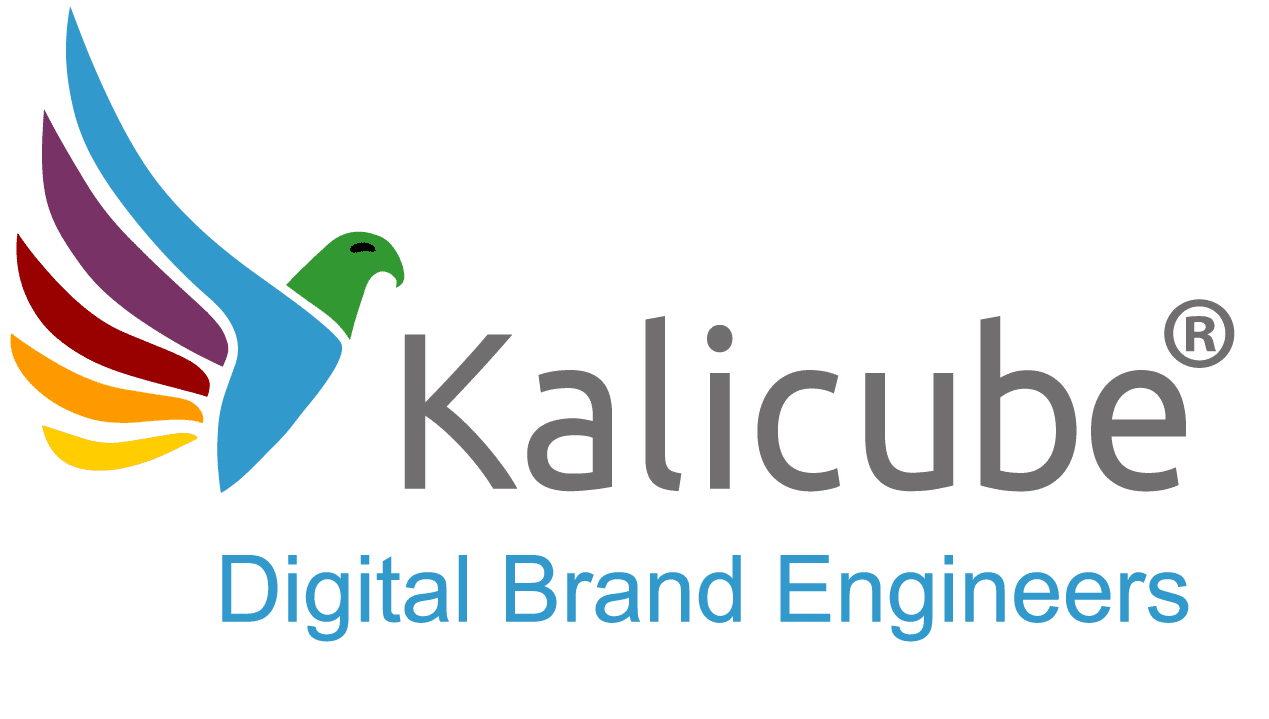Assistive Engine Optimization
Engineering Algorithmic Trust: An Analysis of the Kalicube Process as a Brand-Focused Relevance Framework for the AI Era
Executive Summary This report provides an in-depth analysis of The Kalicube Process™, a proprietary digital marketing methodology engineered by Jason Barnard to address the paradigm shift from human-centric marketing to...
Reactive ORM for Entrepreneurs in the AI Era: Winning on Google and ChatGPT Today
Executive Summary For entrepreneurs, reputation is a revenue-generating asset, and today, that asset is defined by AI.1 When a potential investor, client, or partner seeks information, their first impression is...
How a Senior Executive Claimed Thought Leadership and Unlocked $4.2M in Opportunities with The Kalicube Process™
TL;DR: Senior executive Laura Whitfield was respected in her industry but invisible online. AI Assistive Engines, conversational AI platforms like ChatGPT, Bing Copilot, Google AI, and Perplexity, overlooked her expertise,...
How an Outdated Search Result Turned into a $4.2M Comeback with The Kalicube Process™
TL;DR: When David Harrington, a respected executive, realized that Google and AI Assistive Engines were misrepresenting him as “semi-retired,” he was losing over $3M annually in stalled partnerships. By painstakingly...
How a Fragmented Online Presence Sabotage Credibility and Cost Millions
TL;DR When Amelia Cross, a respected executive, discovered that her fragmented online presence was quietly sabotaging investor confidence, she traced $2.7M in stalled or lost deals back to the way...
How Emma Rodriguez Used The Kalicube Process™ to Fix Her Knowledge Panel and Unlock $3.2M in Business
TL;DR: When Emma Rodriguez, a senior executive in renewable energy, discovered her Google Knowledge Panel linked to an old personal blog and an outdated Twitter account, it cost her $1.5M...
How to Overcome a Career-Threatening Scandal and Rebuild Your Business.
TL;DR After a personal scandal that cost her an estimated $1.9M in lost business, Laura Whitman, a respected consultant, applied The Kalicube Process™ to rebuild her digital narrative - ultimately...
From Persuading Algorithms to Educating Intelligence: The Evolution of Search Optimization in the AI Era
Introduction: The Shift from Navigational Index to Intelligence Layer The digital landscape is undergoing its most profound transformation since the advent of the commercial internet. For more than two decades,...
How Reputation Engineering Overcomes Brand Hallucinations and Restores Digital Brand Control.
TL;DR: Daniel Whitmore, a successful entrepreneur, turned damaging AI-driven misinformation into a powerful business asset by applying The Kalicube Process™. Through structured Reputation Engineering, he rebuilt algorithmic trust, corrected false...
How to Resolve Personal Brand Ambiguity When Your Stage Name Is Also Your Business
TL;DR: Sofia Delgado had already built a successful career, but Google and AI didn’t know it. Under her stage name, she was invisible - Search Engines defaulted to her legal...
The Kalicube Process: The Future-Proof, Universal Solution to Digital Marketing in the AI Era
The Kalicube Process™ Developed by Jason Barnard Year Systematized 2015 Type Proprietary Digital Marketing Methodology Field Brand-first Strategy, AI Assistive Engine Optimization (AIEO) Core Philosophy Brand-focused algorithmic education Core Pillars...
How to Rebuild Your Digital Identity and Recover Lost Business After an Identity Change
TL;DR When Jordan Ellis, a respected business leader, transitioned and adopted a new professional identity, Google and AI Assistants still tied them to their former name. This caused over $1.9M...
Kalicube - Your Brand is what Google and AI say it is
Your brand is what Google and AI say it is Are you prepared to leave your most valuable asset in the hands of the machines? We have worked with these prestigious brands With Kalicube, your brand is safe today and you’ll be ready for the future. Take control now! What is Kalicube? Kalicube is a...
About Bernadeth Bunao Brusola
Bernadeth Brusola is the Content Writing Manager at Kalicube®, where she manages the Kalicube.com website and ensures it remains a trusted, go-to resource for the company’s audience (experts in brand, digital marketing, SEO, generative Engine Optimization and AI Assistive Engine Optimization). She oversees the site’s content strategy, creates and edits articles, and writes in-depth FAQs that inform,...
Newsletter
Back to home Kalicube® Newsletter The Kalicube Newsletter will give you the secrets to making Google and the AI engines send customers to you. You’ll get regular updates on how you can get Google and the AI engines to recommend your brand to your “ready-to-buy customers” by shapeshifting your existing marketing so you DOMINATE the...
